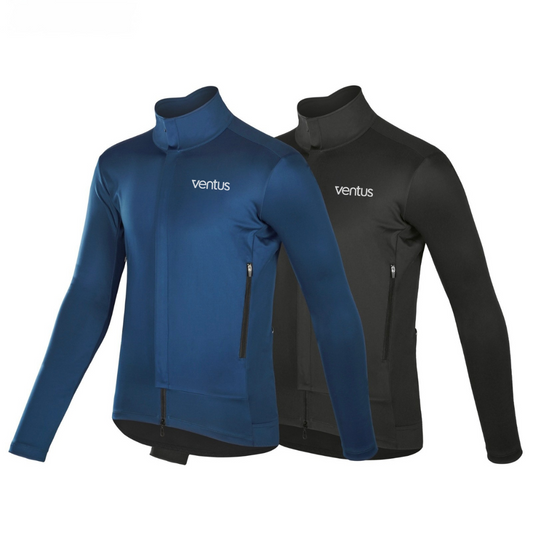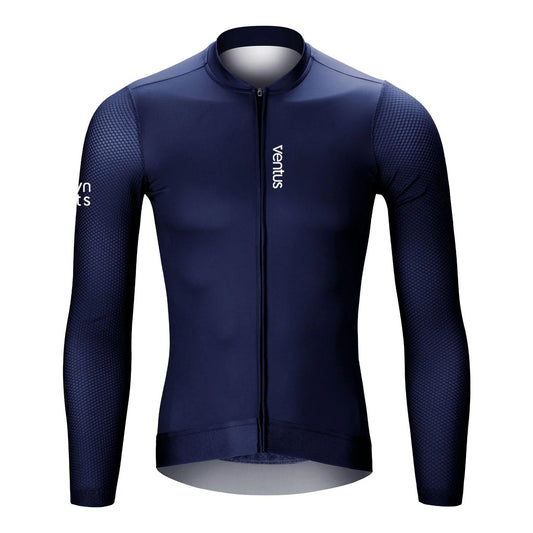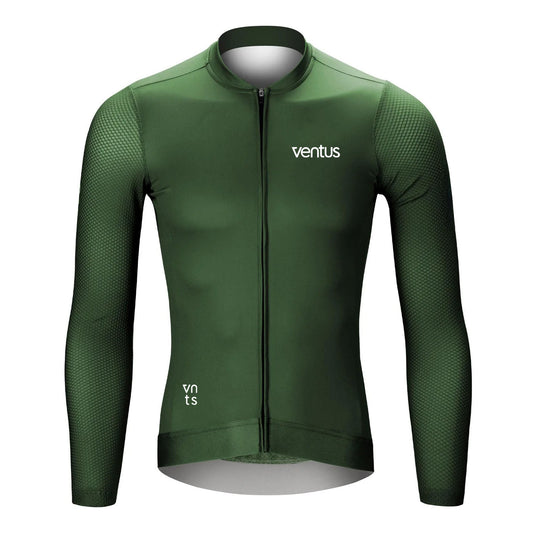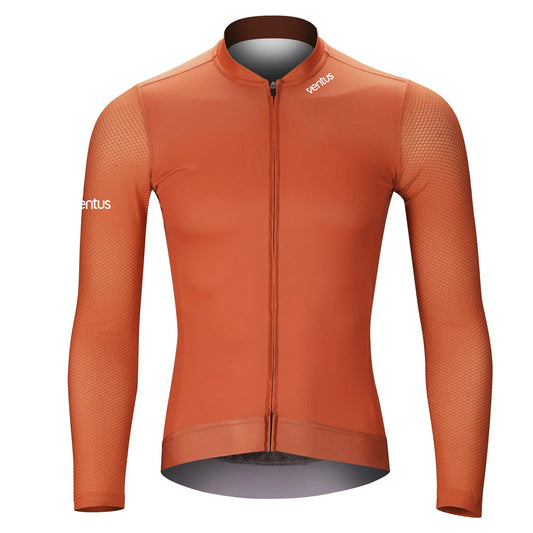
The Importance of Drafting in Road Cycling
Share
Whether you're a competitive cyclist or a weekend warrior, understanding and mastering drafting can make a considerable difference in your riding experience. Let's dive into the key aspects of drafting, including its definition, benefits, techniques, and strategic applications in professional cycling.
What is Cycling Drafting?
Drafting in cycling refers to the technique where riders follow closely behind one another to reduce wind resistance. The rider in front, known as the lead rider, breaks the air resistance, creating a slipstream that the following rider can use to conserve energy. This technique is commonly used in road racing, group rides, and time trials.
How Much Difference Does Drafting Make in Cycling?
Drafting can make a significant difference in cycling performance. By riding in the slipstream of another cyclist, you can reduce air resistance by up to 30%. This reduction in drag allows the trailing rider to conserve energy and maintain higher speeds with less effort. The closer you are to the lead rider, the more effective the drafting.
How Much Faster Does Drafting Make You?
Drafting can substantially increase your speed. On flat terrain, drafting can help you maintain speeds that would otherwise require much more effort if riding alone. For instance, if you're cycling at 30 kph on your own, drafting behind another rider can save you between 20-30% of your energy, allowing you to ride at the same speed with significantly less effort. In races, this translates to higher average speeds and better overall performance.
How to Draft Efficiently and Why It Matters
Efficient drafting requires skill and practice. Here are some tips to draft effectively:
- Maintain Close Proximity: Stay within a few inches to a foot behind the lead rider's wheel. The closer you are, the more effective the draft.
- Smooth Movements: Avoid sudden braking or erratic movements that could disrupt the drafting line and cause accidents.
- Anticipate Changes: Pay attention to the lead rider's body language and anticipate changes in speed or direction.
- Communication: In group rides, communicate with fellow riders to ensure smooth transitions and maintain the draft line.
Efficient drafting matters because it conserves energy, allowing you to ride longer and faster. It also plays a crucial role in team strategies and can be the difference between winning and losing in competitive cycling.
What are the Drafting and Lead Out Strategies in Pro Cycling?
In professional cycling, drafting and lead-out strategies are meticulously planned and executed. Here are some common strategies:
- Team Drafting: Teams work together to protect their lead rider from wind resistance. Teammates take turns at the front, allowing the lead rider to conserve energy for crucial moments like sprints or climbs.
- Lead-Out Train: In sprint finishes, teams form a lead-out train, where each rider takes a short, intense pull at the front before peeling off, allowing the sprinter to launch their final burst of speed with minimal wind resistance.
- Echelons: In crosswinds, riders form echelons to shelter each other from the wind. This formation maximizes drafting benefits and can break up the peloton, giving an advantage to those in the echelon.
- Breakaways: Riders in breakaways use drafting to maintain high speeds and conserve energy. Proper rotation and cooperation are essential to stay ahead of the chasing peloton.
The Role of Cycling Apparel in Drafting
While drafting itself is an effective strategy to reduce wind resistance, the right cycling apparel can further enhance its benefits. High-quality, aerodynamic cycling clothing is designed to minimize drag and improve overall efficiency. Here's why the right apparel matters:
- Aerodynamic Fit: Cycling jerseys and bib shorts that fit snugly reduce the surface area exposed to wind. This streamlined fit is crucial when drafting, as it ensures that you maintain the lowest possible drag.
- Technical Fabrics: Advanced materials used in top-tier cycling apparel, like those from Ventus, wick moisture away from the body and reduce friction. This keeps you comfortable and allows you to focus on maintaining your position in the draft.
- Seam Placement: Strategically placed seams reduce turbulence and further cut down on air resistance. Apparel designed with aerodynamics in mind can make a noticeable difference in performance.
- Comfort and Movement: Properly designed cycling clothing offers freedom of movement without bunching or chafing. This is essential when maintaining close proximity to other riders, as any discomfort can disrupt your focus and efficiency.
Drafting is a crucial technique in road cycling that offers substantial benefits in terms of energy conservation and speed. By understanding and applying efficient drafting techniques, you can significantly improve your cycling performance. Additionally, investing in high-quality, aerodynamic cycling apparel, like the offerings from Ventus, can further enhance the benefits of drafting, allowing you to ride faster and more efficiently.
Whether you're a recreational rider or a competitive cyclist, mastering drafting and choosing the right gear will enhance your riding experience and give you a strategic edge in races. Embrace the power of drafting and the right apparel, and you'll find yourself riding faster, longer, and more efficiently.



